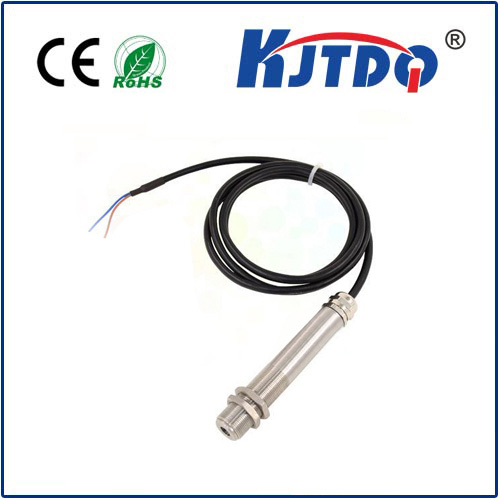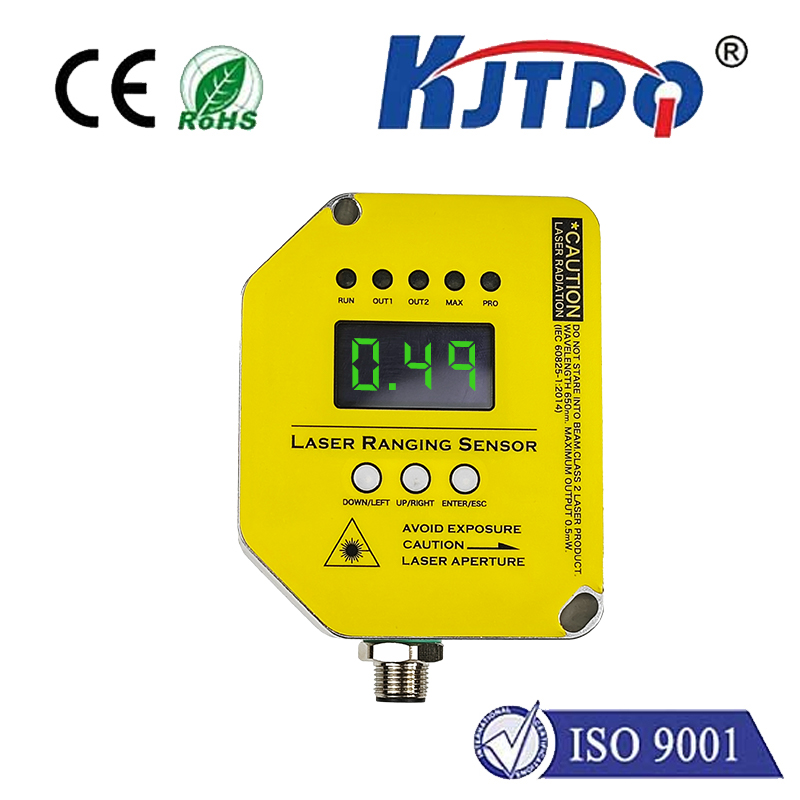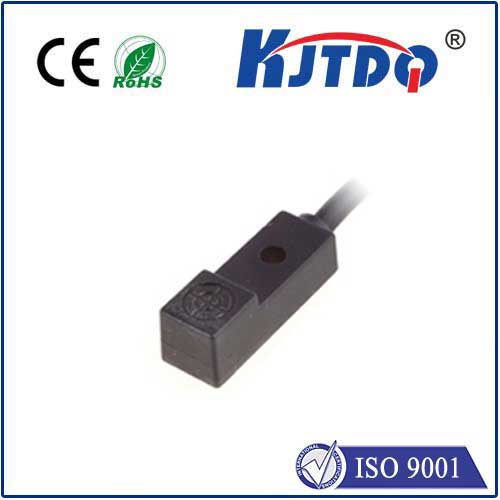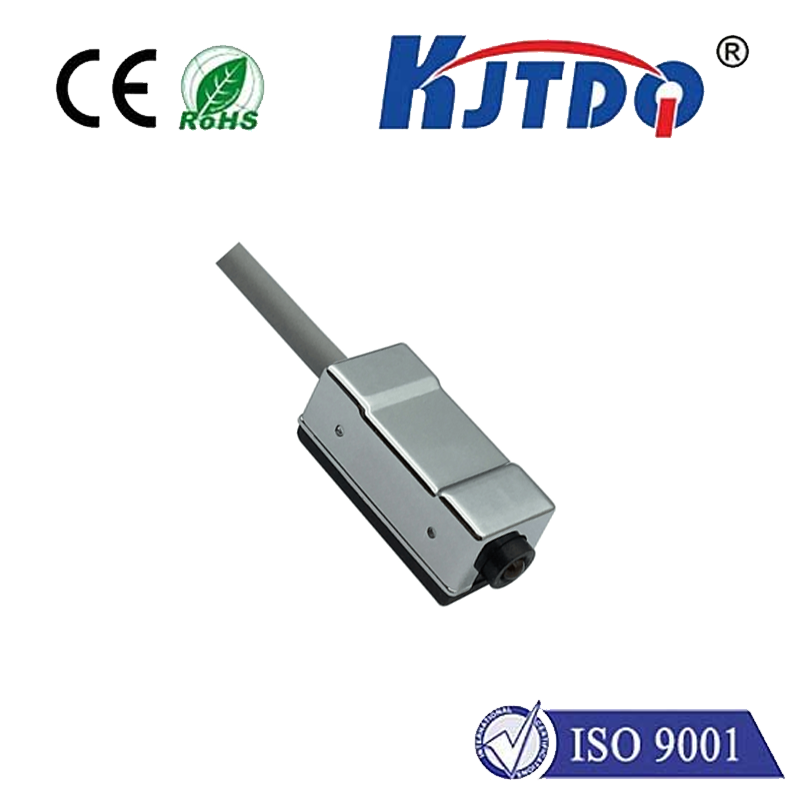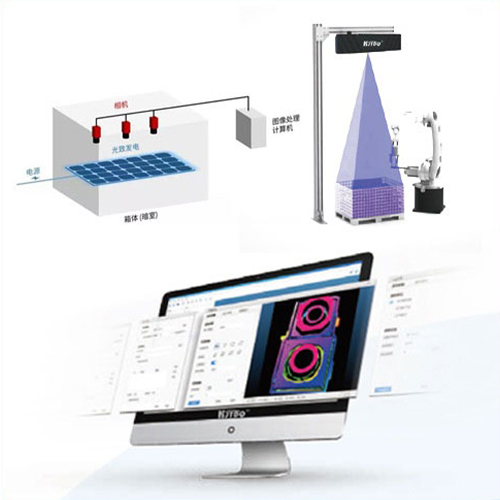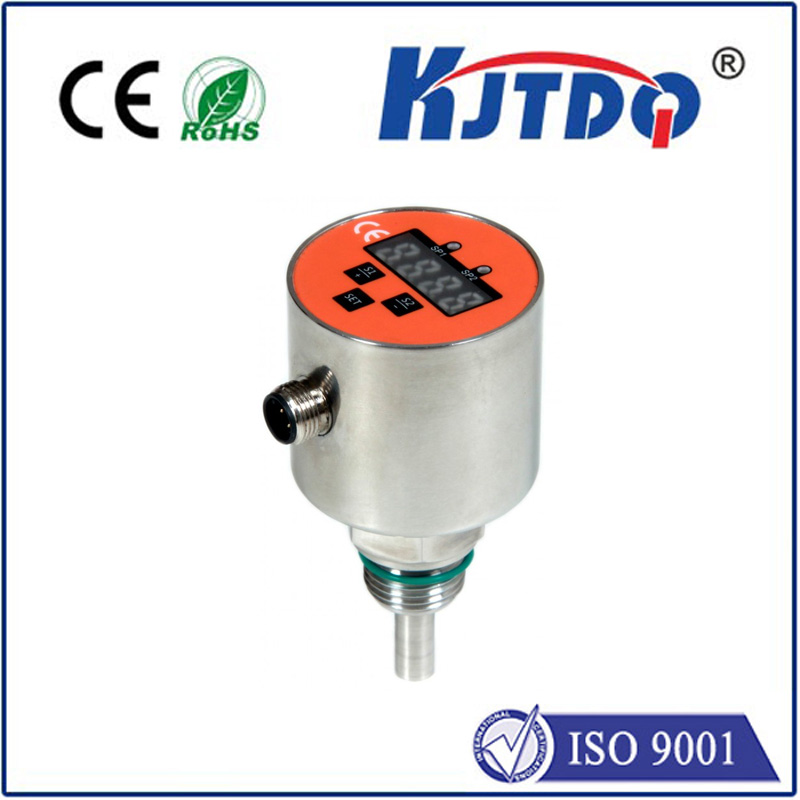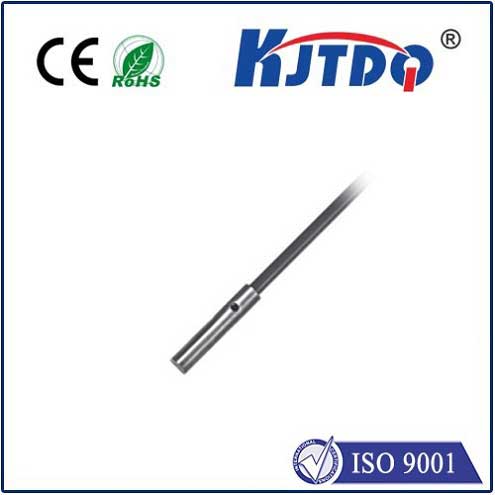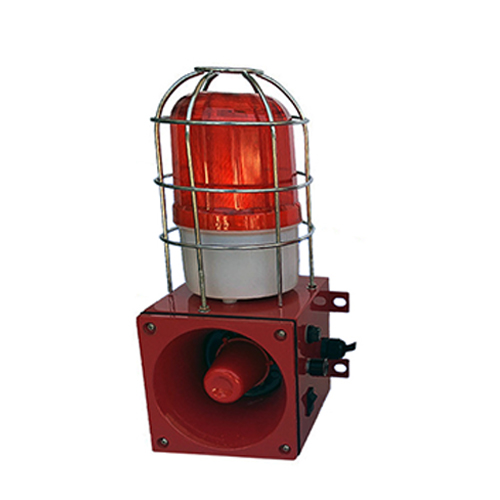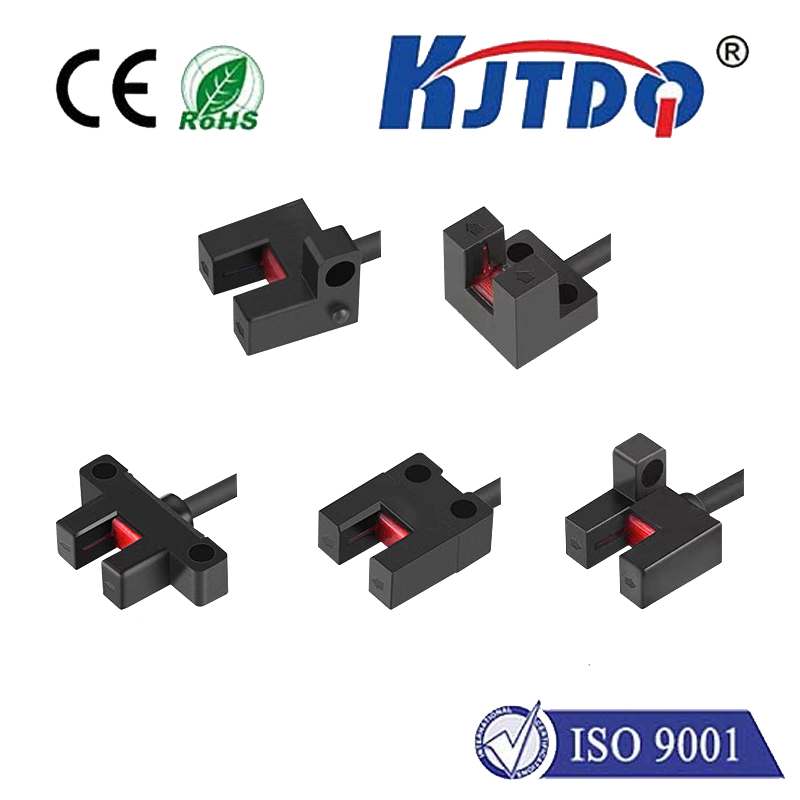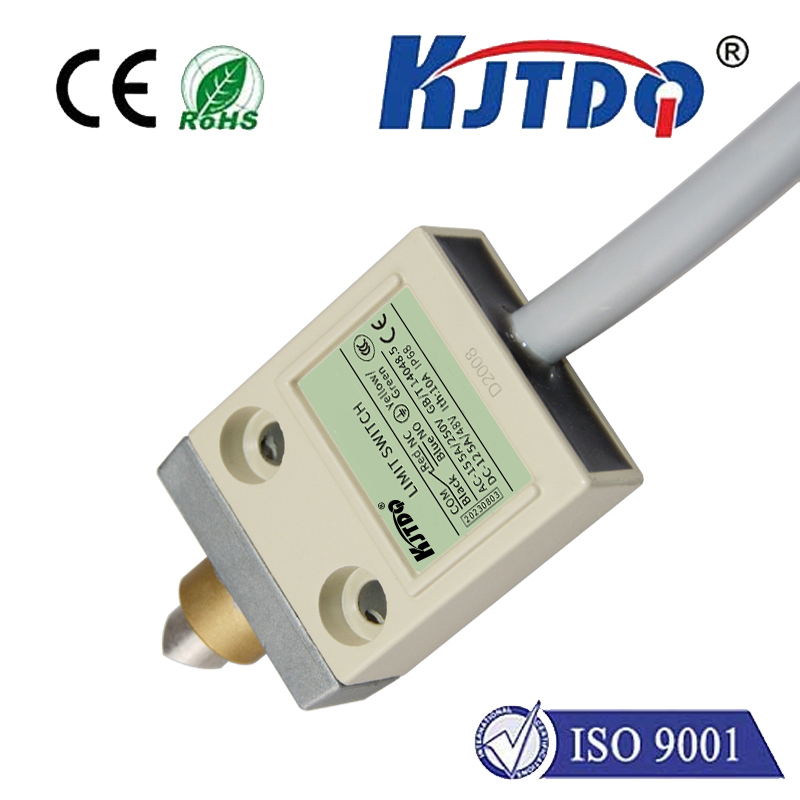подавление фона фотоэлектрического датчика приближения
- time:2025-07-24 02:28:12
- Нажмите:0
Conquer False Triggers: How Background Suppression Revolutionizes Photoelectric Sensing
In the precise world of industrial automation, unreliable sensors are more than just an annoyance – they cause costly downtime, product waste, and quality control nightmares. One persistent challenge? Photoelectric proximity sensors mistakenly detecting objects you don’t want them to see – the background. Imagine a sensor tasked with detecting packages on a conveyor belt inadvertently triggered by the machinery frame or even the factory wall behind the belt. This is where the game-changing technology of Background Suppression (BGS) steps in, transforming standard photoelectric sensors into incredibly robust and reliable solutions for demanding applications.
The Problem: When Background Becomes Noise
Standard diffuse photoelectric sensors operate on a simple principle: an emitter sends out light (usually infrared or visible red), and a receiver detects the light reflected back from an object. The sensor triggers based on the intensity of this reflected light. The crucial flaw? Everything reflects light to some degree – including walls, machine parts, pallets, or other objects located behind the intended target area.
This leads to false triggers. A sensor might activate prematurely when the background is too close, or worse, fail to detect the target object because the background reflection is similar or stronger. This unreliability renders standard diffuse sensors unusable in countless scenarios where targets exist against varying or complex backgrounds or where the sensing distance needs precise definition. Enter Background Suppression.
The Solution: Intelligently Ignoring the Unwanted

Background Suppression is a sophisticated optical technique integrated into specific photoelectric proximity sensors. Instead of solely measuring the intensity of reflected light, BGS sensors measure the angle or the position of the reflected light spot on their internal receiver. This fundamental shift is key to their magic.
Here’s how it typically works (Triangulation Principle):
- Выбросы: The sensor emits a focused beam of light, typically from an LED source.
- Размышления: Light hits an object within the sensor’s field of view and reflects back.
- Консьерж: The reflected light is focused onto a special position-sensitive receiver element (like a linear CCD or PSD array) inside the sensor.
- Angle/Distance Analysis: The position where the reflected light spot lands on this receiver element is directly related to the distance the light traveled (i.e., the distance to the object). Light reflected from a close object hits the receiver at a different point than light reflected from an object farther away.
- Suppression Window: The sensor’s electronics are programmed with a specific, adjustable switching distance (the suppression distance). Only objects reflecting light within this defined distance range will trigger the sensor’s output. Crucially, objects beyond this set suppression distance are ignored – even if they reflect brightly.
Why Background Suppression is a Game-Changer: Core Advantages
The implementation of background suppression technology delivers tangible benefits that directly address the limitations of standard sensors:
- Unparalleled Rejection of Distant Objects: The most significant advantage. BGS sensors reliably ignore backgrounds far beyond their set switching distance. This allows for stable detection even when targets move against highly reflective walls, machinery, or pallets.
- Precise, Adjustable Sensing Range: Unlike fixed-focus sensors, many BGS models feature an adjustable suppression distance. Operators can fine-tune the exact point (distance) at which the sensor switches, adapting it perfectly to the application’s requirements. This adjustability is critical for handling different target sizes or changing setups.
- Consistent Performance Regardless of Color/Reflectivity: Unlike standard diffuse sensors whose performance heavily depends on target color and reflectivity, BGS sensors are primarily distance-focused. While extreme variations in reflectivity might have some minor influence, they generally maintain much more consistent switching points for different colored targets (dark vs. light) within the defined suppression range. This translates to greater reliability in sorting or detecting objects of mixed colors.
- Effective in Confined Spaces: The ability to ignore backgrounds makes BGS sensors ideal for applications where space is limited, and the background is unavoidably close behind the detection zone.
True Background Suppression™ vs. Fixed Focus
It’s vital to distinguish True Background Suppression (T-BGS) from simpler fixed-focus diffuse sensors. Fixed-focus sensors use optical elements to create a smaller, more defined “spot” of sensitivity at a preset distance. While this helps reject some background, they lack the adjustable suppression distance and position-sensitive analysis that define true BGS sensors. T-BGS offers superior background rejection stability and flexibility.
Where Background Suppression Sensors Shine: Key Applications
The robustness of photoelectric proximity sensors with BGS makes them indispensable in numerous industrial settings:
- Palletizing/Depalletizing: Detecting the presence of boxes or items on a pallet, ignoring the pallet structure itself or walls behind.
- Conveyor Systems: Counting boxes, detecting jams, or verifying object presence, reliably ignoring the conveyor bed, framework, or adjacent machinery.
- Packaging Machinery: Detecting products inside cartons, checking flap closure, or verifying label presence, unaffected by the machine bed or background structures.
- Перевозка материалов: Precise detection of objects on guides, rails, or bins, ignoring the bin walls or supports behind.
- Logistics & Warehousing: Verifying the presence/absence of items on shelves or in totes, ignoring the shelf back or adjacent storage.
- Automotive Assembly: Detecting parts on fixtures or verifying component installation, ignoring the robot arm or jig structure behind.
- Printing & Paper Handling: Detecting sheets, stacks, or misfeeds, ignoring rollers or metal guides in close proximity.
Selecting the Right BGS Sensor: Key Considerations
When choosing a Фотодатчик подавления фона, consider these factors:
- Required Sensing Range & Adjustability: What distances do you need to detect targets? Is adjustable suppression critical?
- Target Size and Reflectivity: While less critical than for standard diffuse, understanding target properties helps ensure sufficient signal return.
- Background Distance & Reflectivity: How far away is the most problematic background? How reflective is it?
- Environmental Conditions: Factor in dust, mist, temperature, and ambient light interference. Look for sensors with high IP ratings and immunity to ambient light if necessary.
- Output Type & Electrical Requirements: PNP/NPN? NO/NC? Voltage requirements? Cable or connector type?
- Form Factor: Size constraints? Cylindrical (e.g., M8, M12, M18, M30) or block-shaped?
By leveraging the intelligent optics of background suppression, modern photoelectric proximity sensors overcome one of the most persistent challenges in object detection. They deliver unmatched reliability, precision, and flexibility, enabling automation engineers to design more robust, efficient, and trouble-free systems, even in environments where backgrounds constantly threaten to interfere. This technology isn’t just an option; it’s often the essential solution for precision detection in complex spaces.

